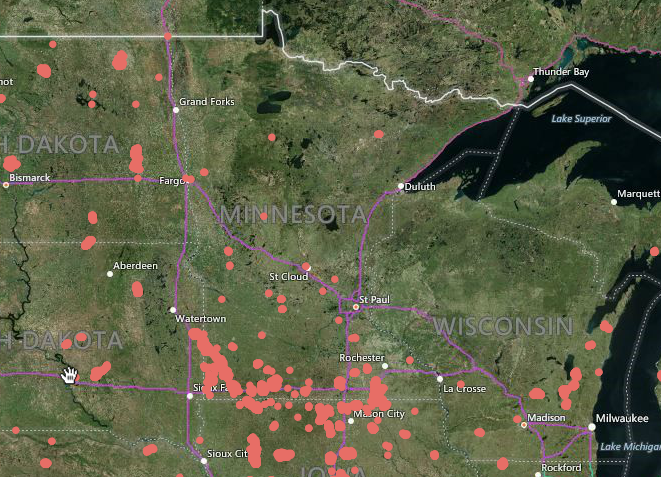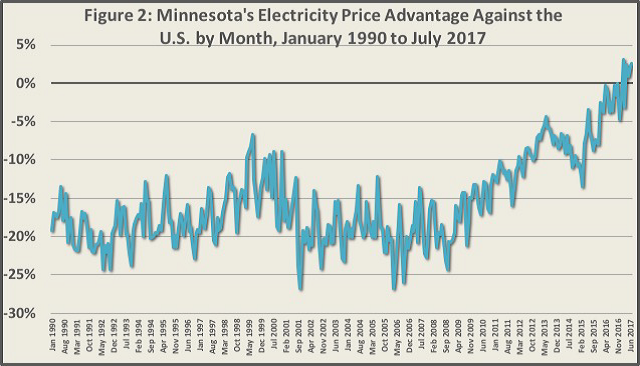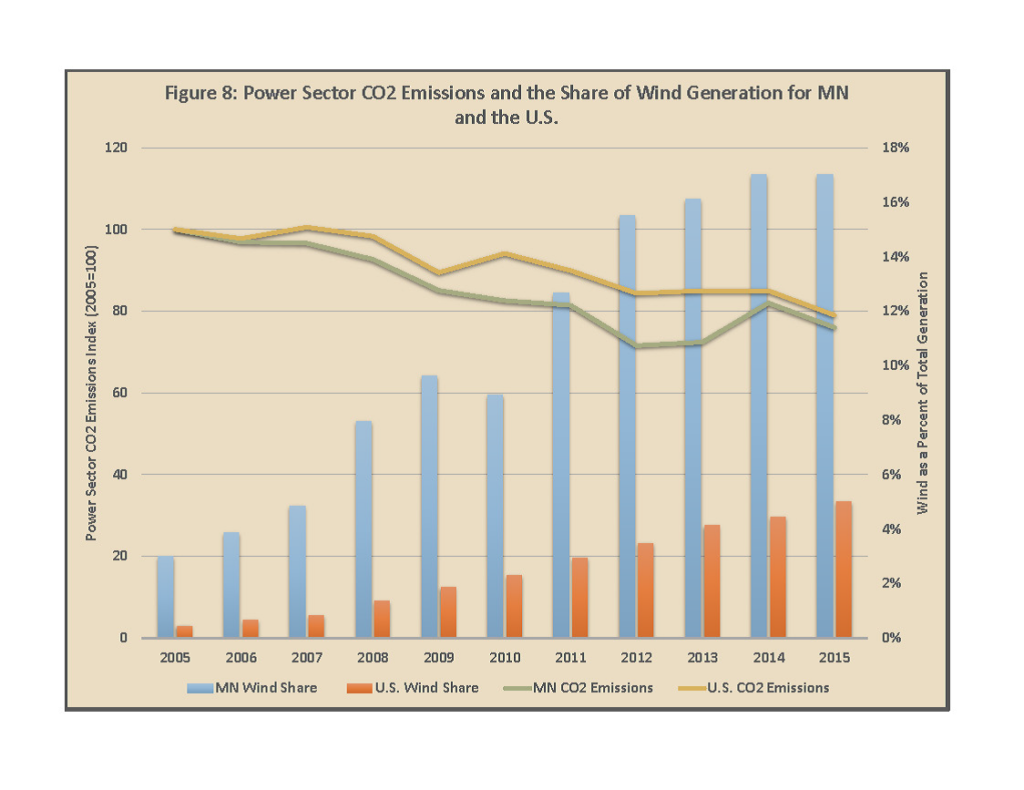American Experiment Testifies in Front of MN House of Representatives Committee on Job Growth and Energy Affordability Policy on Wind Energy
Yesterday (March 20th, 2018) John Hinderaker, John Phelan, and I were invited to give a presentation in front of the Minnesota House of Representatives Committee on Job Growth and Energy Affordability to discuss American Experiment’s report on wind energy entitled: “Energy Policy in Minnesota: The High Cost of Failure.”
You can click here to listen to the testimony. American Experiment’s presentation begins at the 1:14:10, however the audio quality is quite poor.
Our presentation touched on the themes American Experiment has been discussing for months, namely wind energy has been an expensive failure for Minnesota.
More than $10.6 billion has been spent building industrial wind turbines in the state of Minnesota, and an additional $4 billion has been spent to build additional transmission lined needed to transport wind energy from southern Minnesota (where most wind turbines are located) to major population centers in other parts of the state (see the map from the United States Geological Survey below).

Red dots indicate the location of industrial wind turbines.
$15 billion is an enormous amount of money, and these expenditures are a major reason that Minnesota’s historical advantage of low electricity prices, relative to the national average, has disappeared (see the figure below).

While Minnesota has lost it’s historic competitive advantage in terms of electricity prices, our heavy investment in wind energy has not led to significant reductions in carbon dioxide emissions. The chart below shows that despite investing much more heavily in wind energy than the national average, reductions in carbon dioxide emissions in the state are about the same as the national average.

Minnesota has surrendered low electricity prices to achieve-middle of the pack results in regard to carbon dioxide emissions. Insult is added to injury when one realizes that even if Minnesota eliminated every single source of carbon dioxide emissions, it would have zero meaningful impact on reducing future temperatures.